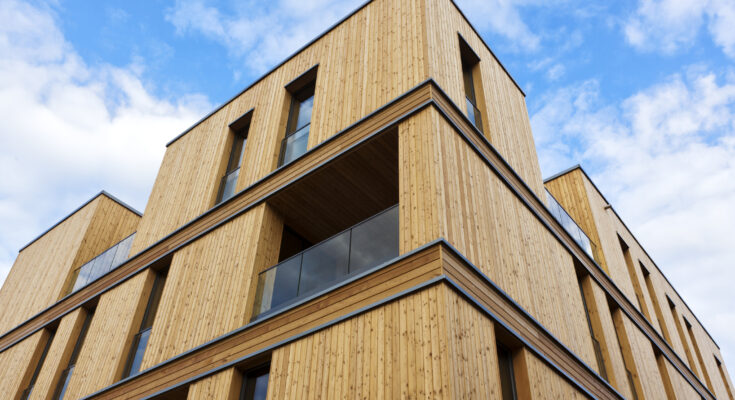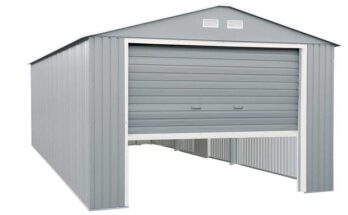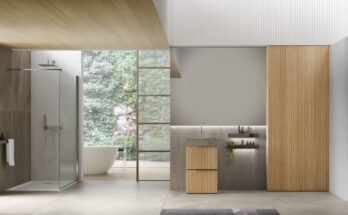Sustainable wood architecture has gained significant attention in recent years as the construction industry increasingly prioritizes environmental responsibility. With advancements in technology and a growing awareness of ecological impacts, “architecture bois durable Atelier Vert Forêt” is leading the way in innovative and eco-friendly building designs.
The Rise of Sustainable Wood Architecture
Benefits of Wood as a Building Material
Wood is a renewable resource that offers numerous environmental benefits. It is biodegradable, has a lower carbon footprint compared to traditional construction materials like concrete and steel, and acts as a carbon sink, sequestering carbon dioxide from the atmosphere. This makes wood an attractive option for sustainable architecture, helping to reduce the overall environmental impact of buildings.
Innovative Techniques and Technologies
Recent advancements have significantly improved the viability and performance of wood in construction. Cross-laminated timber (CLT) and glue-laminated timber (glulam) are engineered wood products that enhance the strength, durability, and versatility of wood, allowing it to be used in larger and taller structures. These innovations have opened new possibilities for architects and builders, enabling the creation of complex and ambitious designs that were previously unfeasible.
Key Trends in Sustainable Wood Architecture
Biophilic Design
Biophilic design, which integrates natural elements into the built environment, has become a prominent trend in sustainable wood architecture. This approach not only enhances the aesthetic appeal of buildings but also promotes the well-being of occupants by creating spaces that are visually and psychologically connected to nature.
Passive House Standards
Passive house standards focus on energy efficiency and sustainability in building design. Using wood as a primary material helps meet these standards due to its natural insulating properties. By reducing energy consumption for heating and cooling, passive house designs contribute to lower greenhouse gas emissions and more sustainable living environments.
Modular and Prefabricated Construction
Modular and prefabricated construction techniques are becoming more popular in sustainable architecture. These methods involve manufacturing building components in a controlled environment, which minimizes waste and improves quality control. Wood is particularly well-suited for prefabrication due to its ease of handling and assembly, making it a key material in this growing trend.
The Role of Atelier Vert Forêt
“Architecture bois durable Atelier Vert Forêt” exemplifies the principles and practices of sustainable wood architecture. This studio focuses on creating environmentally responsible buildings that harmonize with their natural surroundings. By employing cutting-edge techniques and sustainable materials, Atelier Vert Forêt sets a benchmark for the industry, inspiring others to adopt more eco-friendly practices in architectural design.
In conclusion, sustainable wood architecture is poised to play a crucial role in the future of construction. With its environmental benefits, innovative techniques, and growing popularity, wood is redefining the way we think about building design. Studios like Atelier Vert Forêt are at the forefront of this movement, demonstrating that it is possible to create beautiful, functional, and sustainable buildings that respect and enhance our natural environment.




